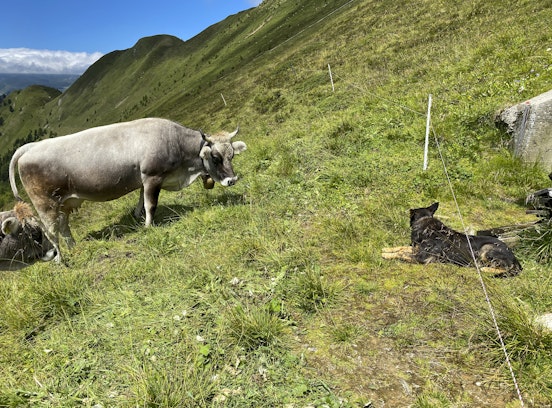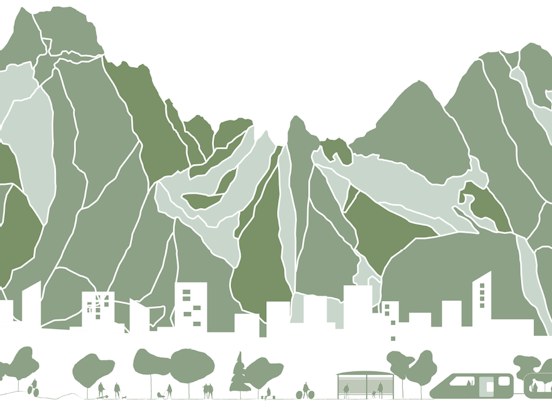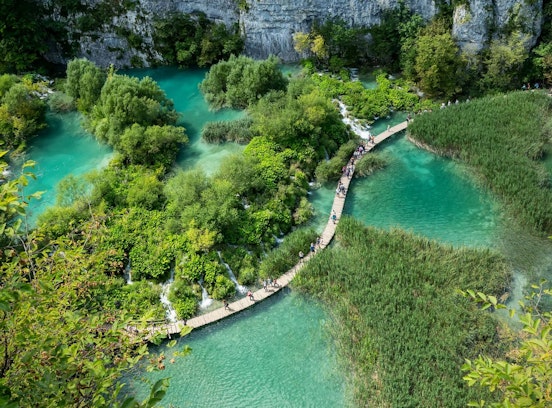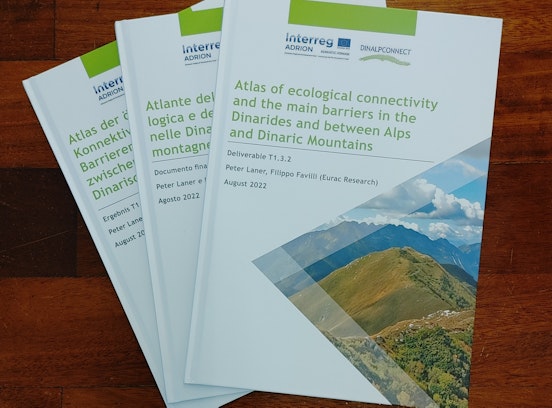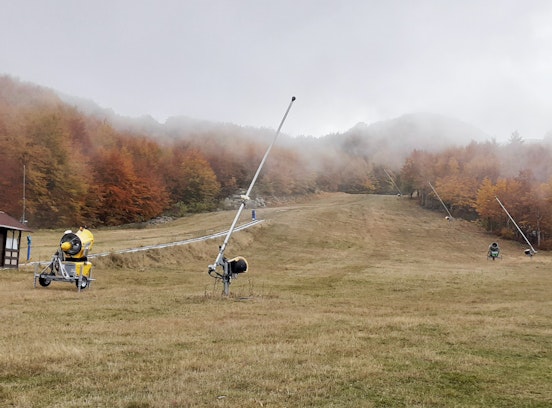Institute for Regional Development - Human - Environmental Interactions
Human - Environmental Interactions
Human-environmental interactions can be defined as interactions between the human social system and the ecosystem. These interactions show how humans adapt to their changing environment.
- Deutsch
- English
- Italiano
Human environmental interactions are the interrelations and complex dynamics that exist between human beings and the natural environment. Driven by various political, social, and cultural processes, human activities such as landscape fragmentation strongly modify natural environments in order to fit societal needs with mountains, fragile and marginal areas being particularly affected. This development endangers ecosystems existentially and directly impacts human well-being. At the same time, these changes can lead to conflicts between different interest groups. It is the objective of this trans-disciplinary research group to study and devise sustainable and implementable solutions for viable interaction between human and environment.
Main Topics
- Improvement of ecological connections between habitats and wildlife
- Enhancement of the human wildlife coexistence through participatory approaches
- Landscape and spatial planning
- Mountain community enrichment
- Slow and sustainable tourism and mobility
- Attitudes and behaviour towards nature
- Capacity building of protected area management
- Raising awareness and knowledge-exchange about nature and wildlife
Network
- Dolomites UNESCO Foundation
- Autonomous Province of Bolzano (“Regulation of Equipped Ski Areas” Committee)
- Alpine Convention (Alpine Biodiversity Board, the Wildlife & Society Platform, Spatial Planning and Sustainable Development Working Group, RSA9 thematic Working Group)
- Carpathians Convention (Biodiversity Working Group)









